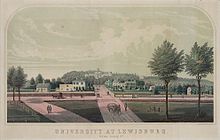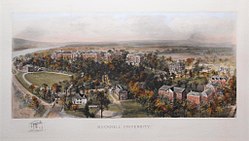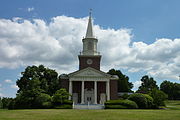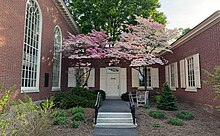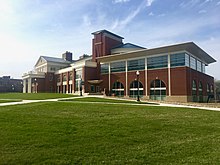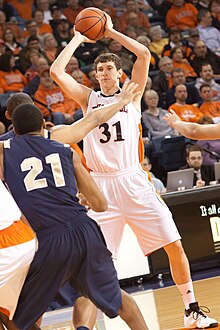
Purdue University is a public land-grant research university in West Lafayette, Indiana, and the flagship campus of the Purdue University system. The university was founded in 1869 after Lafayette businessman John Purdue donated land and money to establish a college of science, technology, and agriculture; the first classes were held on September 16, 1874.

The University of Rochester is a private research university in Rochester, New York, United States. It enrolls approximately 6,800 undergraduates and 5,000 graduate students. It was founded in 1850 and moved into its current campus, next to the Genesee River in 1955. With approximately 30,000 full-time employees, the university is the largest private employer in Upstate New York and the 7th largest in all of New York State.

Carnegie Mellon University (CMU) is a private research university in Pittsburgh, Pennsylvania. The institution was established in 1900 by Andrew Carnegie as the Carnegie Technical Schools. In 1912, it became the Carnegie Institute of Technology and began granting four-year degrees. In 1967, it became Carnegie Mellon University through its merger with the Mellon Institute of Industrial Research, founded in 1913 by Andrew Mellon and Richard B. Mellon and formerly a part of the University of Pittsburgh.

Clemson University is a public land-grant research university in Clemson, South Carolina. Founded in 1889, Clemson is the second-largest university by enrollment in South Carolina. For the fall 2023 semester, the university enrolled a total of 22,875 undergraduate students and 5,872 graduate students, and the student/faculty ratio was 15:1.

Temple University is a public state-related research university in Philadelphia, Pennsylvania. It was founded in 1884 by the Baptist minister Russell Conwell and his congregation Grace Baptist Church of Philadelphia then called Baptist Temple. On May 12, 1888, it was renamed the Temple College of Philadelphia. By 1907, the institution had revised its institutional status and been incorporated as a research university.

New Jersey Institute of Technology (NJIT) is a public research university in Newark, New Jersey, with a graduate-degree-granting satellite campus in Jersey City. Founded in 1881 with the support of local industrialists and inventors especially Edward Weston, NJIT opened as Newark Technical School (NTS) in 1885 with 88 students. As of fall 2022 the university enrolls 12,332 students from 92 countries, about 2,500 of whom live on its main campus in Newark's University Heights district.
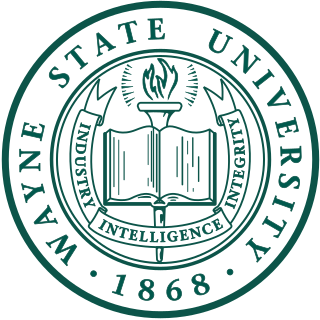
Wayne State University is a public research university in Detroit, Michigan. It is Michigan's third-largest university. Founded in 1868, Wayne State consists of 13 schools and colleges offering approximately 350 programs to nearly 24,000 graduate and undergraduate students. Wayne State University, along with the University of Michigan and Michigan State University, compose the University Research Corridor of Michigan. Wayne State is classified among "R1: Doctoral Universities – Very high research activity".

Truman State University is a public university in Kirksville, Missouri. It had 3,636 enrolled students in the fall of 2023 pursuing degrees in 55 undergraduate and twelve graduate programs.

The University of Maryland, Baltimore County (UMBC) is a public research university in Catonsville, Maryland named after Baltimore County. It had a fall 2022 enrollment of 13,991 students, 61 undergraduate majors, over 92 graduate programs and the first university research park in Maryland. It is classified among "R1: Doctoral Universities – Very High Research Activity".

California State University, San Marcos is a public university in San Marcos, California. It was founded in 1989 as the 21st campus in the California State University (CSU) system.

Chongqing University is a public university in Chongqing, China. The university is affiliated with the Ministry of Education of China, and co-funded by the Ministry of Education, the Chongqing Municipal People's Government, and SASTIND. The university is part of Project 211, Project 985, and the Double First-Class Construction.
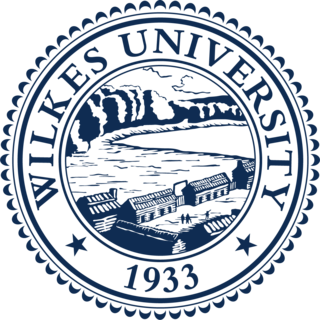
Wilkes University is a private university in Wilkes-Barre, Pennsylvania. It has over 2,200 undergraduates and over 2,200 graduate students. Wilkes was founded in 1933 as a satellite campus of Bucknell University, and became an independent institution in 1947, naming itself Wilkes College, after English radical politician John Wilkes after whom Wilkes-Barre is named. The school was granted university status in January 1990. It is classified among "Doctoral/Professional Universities" (D/PU) and accredited by the Middle States Commission on Higher Education.
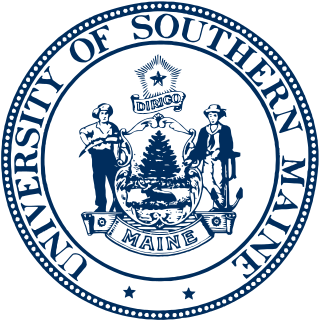
The University of Southern Maine (USM) is a public university with campuses in Portland, Gorham and Lewiston in the U.S. state of Maine. It is the southernmost of the University of Maine System. It was founded as two separate state universities, Gorham Normal School and Portland University. The two universities, later known as Gorham State College and the University of Maine at Portland, were combined in 1970 to help streamline the public university system in Maine and eventually expanded by adding the Lewiston campus in 1988.

University of the Pacific is a private university originally founded as a Methodist-affiliated university with its main campus in Stockton, California, and graduate campuses in San Francisco and Sacramento. It was the first university in the state of California, the first independent coeducational campus in California, and the first conservatory of music and first medical school on the West Coast.

Susquehanna University is a private liberal arts college in Selinsgrove, Pennsylvania. Its name is derived from the original Susquehannock settlers of the region. Founded in 1858 as a missionary institute, it became a four-year liberal arts college in 1895. It is affiliated with the Evangelical Lutheran Church in America. Susquehanna is classified among "Baccalaureate Colleges: Arts & Sciences Focus", though it also has a business school, master's degrees in education and joint-degree programs in engineering and for a Master of Business Administration. It also offers the only bachelor's degree in luxury brand marketing and management in the U.S.
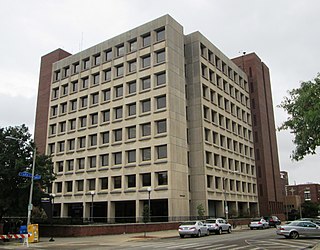
The College of Liberal Arts and Sciences (LAS) is the largest college of the University of Illinois Urbana-Champaign. The college was established in 1913 through the merger of the College of Literature and Arts and the College of Science. The college offers seventy undergraduate majors, as well as master's and Ph.D. programs. As of 2020, there are nearly 12,000 undergraduate students and 2,500 graduate students attending the College of Liberal Arts and Sciences.
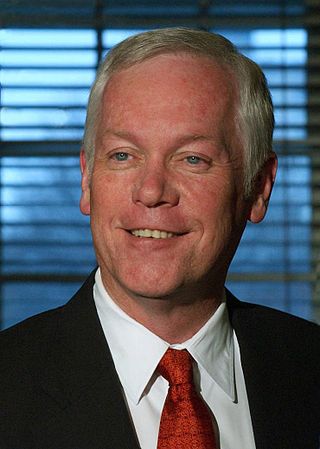
Brian Christopher Mitchell is the president and managing principal of Academic Innovators. Prior to founding Academic Innovators, he served as president of Brian Mitchell & Associates, LLC. He was previously the president of Bucknell University, serving from 2004 until 2010. From 1998 through 2004, he served as president of Washington & Jefferson College. He is a nationally recognized expert in higher education, especially on private higher education.

Richard Bland College (RBC) is a public junior college associated with the College of William & Mary and located in Prince George County, Virginia. Richard Bland College was established in 1960 by the Virginia General Assembly as a branch of the College of William and Mary under the umbrella of "the Colleges of William and Mary". The "Colleges" system lasted two years. Although the other three institutions such as Christopher Newport founded as colleges of William and Mary became independent colleges and later universities, Richard Bland has continued as a junior college of the College of William and Mary. Though under its own administration, Richard Bland College is governed by William and Mary's Board of Visitors. It was named after Virginia statesman Richard Bland who lived in Prince George County where the campus is located.

The Bucknellian is the student newspaper of Bucknell University in Lewisburg, Pennsylvania, United States. It was established in 1896, fifty years after the University at Lewisburg was founded, and is published weekly in Sunbury, Pennsylvania, by The Daily Item.
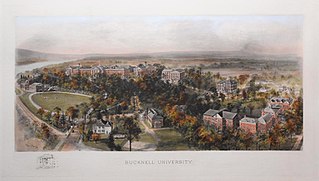
The Bucknell Greenway is an educational recreation path in Lewisburg, Pennsylvania, United States. When completed, it will run for around 4 miles (6.4 km), circumnavigating the exterior of the Bucknell University campus, and is for use by walkers, runners and cyclists. The path will connect the main campus to the athletic fields, located across the busy U.S. Route 15. It will pass by points such as the Grove, Bucknell Farm and the Christy Mathewson–Memorial Stadium.


